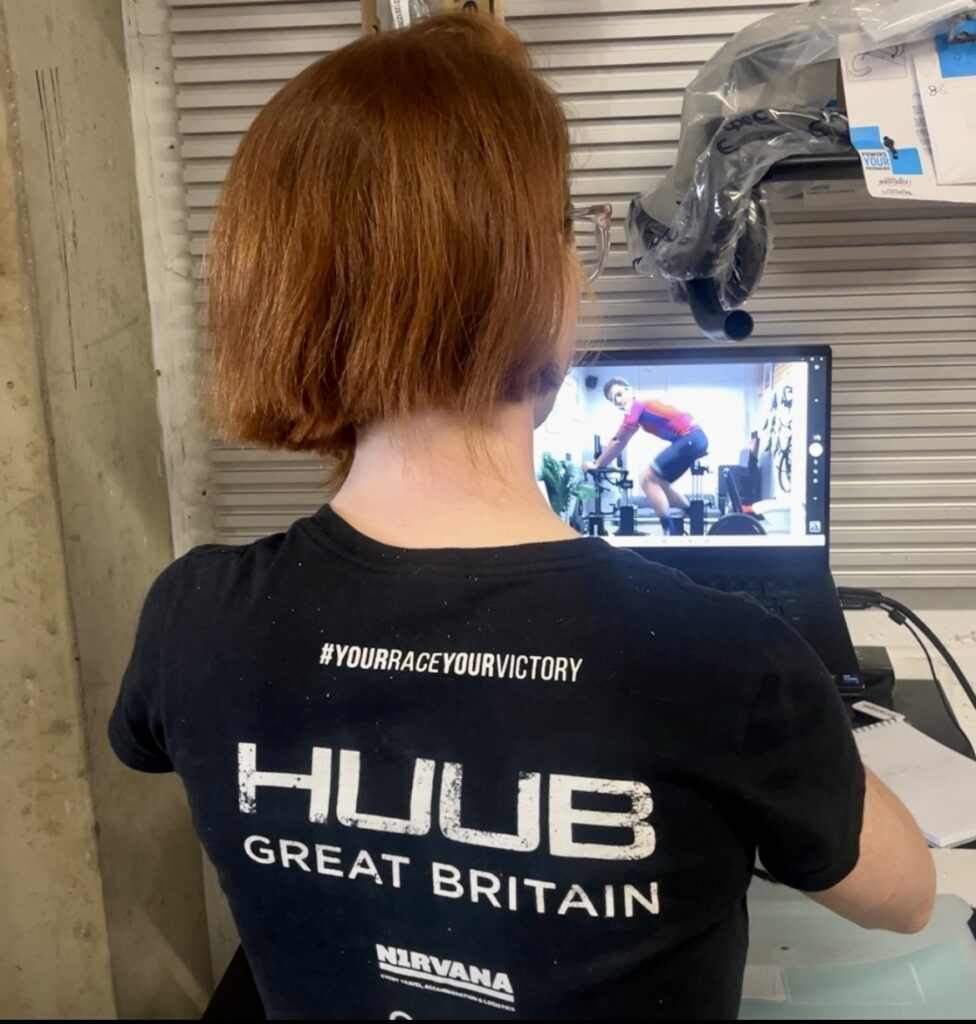Lizi B. Fitter/Racing Queen @ Strypestreetcycles.co.uk

The stigma surrounding an “aggressive” bike position often brings to mind discomfort and an increased risk of injury. However, this perception stems from a lack of understanding of how proper biomechanics work in cycling.
Aerodynamics: Efficiency Over Power
In the world of cycling, aerodynamics is a buzzword, and for good reason. You’re likely reading this blog post because you want to be as efficient as possible on the bike. After all, no one wins a prize for simply expending the most power (unless you’re on Zwift!).
Aerodynamic positioning, often associated with an aggressive fit, minimizes drag and enhances speed by reducing the frontal surface area exposed to the wind. But efficiency is about more than just aerodynamics—it’s also about biomechanics. When done correctly, a lower riding position doesn’t have to equate to discomfort or injury risk.
Core Engagement and Muscular Efficiency
One of the major advantages of a lower centre of gravity on the bike is the increased recruitment of the core muscles. When the core is engaged properly, it acts as a stabilizing force, supporting the rider’s position and taking some of the load off weaker muscles like the upper trapezius (located at the top of the back near the neck). This redistribution of weight reduces strain on the neck and upper back, which can often become stiff and sore after long rides.
An athletic bike fit helps to balance this weight distribution. With the core doing its job, the rider experiences greater stability and can achieve a more relaxed, yet powerful, posture on the bike. This is especially important on fast descents where control and balance become critical. In fact, this principle of lowering the centre of gravity to improve stability is one of the reasons drop bars exist in road bikes.

Achieving a Safe Hip Angle
A common concern with adopting a more aerodynamic position is how to maintain a safe and sustainable hip angle. This is where an athletic bike fit shines. While an aggressive fit may push the body into extreme angles, an athletic fit aims for the best balance between aerodynamics and comfort, ensuring that you can ride efficiently without compromising your body’s biomechanics.
There are several ways to achieve a lower position without sacrificing hip mobility:
- Shorter crank lengths: This increasingly popular adjustment allows for a more open hip angle, even when the rider’s torso is lower. Although this can be an expensive change if you’ve already invested in bike components, the benefits in terms of comfort and efficiency can be significant.
- Saddle and cleat adjustments: Another option is optimizing saddle height and fore-aft positioning. With the right saddle setup, weight is evenly distributed on the sit bones, allowing you to lean forward with a neutral spine rather than bending at the lower back. This keeps the hips open and avoids overstretching the lumbar spine, making it easier to maintain a powerful yet comfortable position.
Stability and Control at Speed
One of the key benefits of an athletic and aerodynamic fit is the enhanced control and stability at high speeds. When the core is engaged, and the body is in an efficient position, the rider feels more connected to the bike. This translates to better handling, especially on descents where balance and stability are crucial. A more aggressive position allows the elbows to flex naturally, which absorbs shocks and vibrations from the road while keeping the rider stable and in control.
Flexibility Isn’t Everything
The good news is, you don’t need to be incredibly flexible to achieve a more athletic, aero position. Contrary to popular belief, you don’t need to be able to touch your toes to ride in a lower, more efficient position. The key is finding the right balance between your body’s natural flexibility, your bike fit, and the components you have. With the right adjustments—such as proper saddle choice, crank length, and cleat positioning—it’s possible to ride comfortably in an aerodynamic position without overstressing your body.
